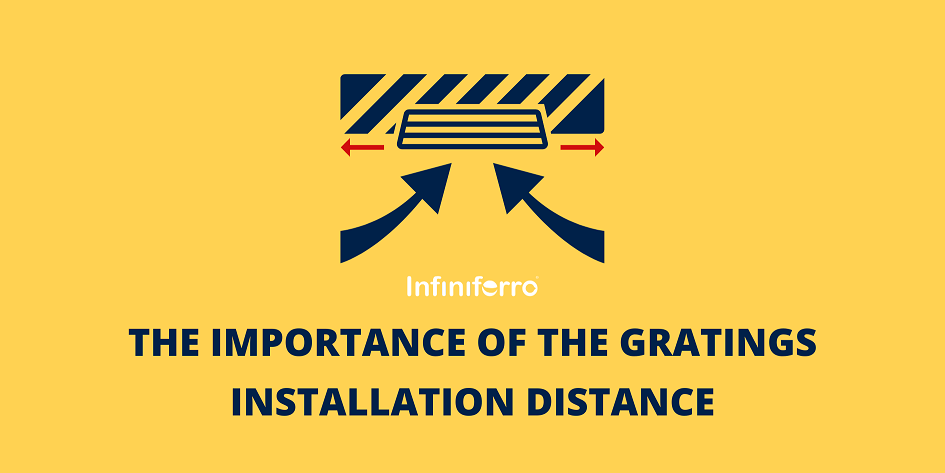
Gratings are drainage components that serve as a drainage cover. The structure is shaped like a rectangular bar with holes for rainwater to enter. In terms of installation, the gratings are placed in a row along the drainage channel. There is one thing that must be considered while installing these gratings, and that is the distance, both between the gratings and between the gratings and the concrete foundation.
Why is there a distance in the gratings installation?
Gratings should be installed with the following considerations in mind:
Expansion
Expansion is a change in the length, width, or volume of an item caused by heat. Metal is one of the objects that experiences expansion.
Railroad rails are one example. A functional gap in the railroad connection allows for further expansion of the rail link. The railroad tracks appear incredibly tight throughout the day as they extend. Meanwhile, as the temperature decreases at night, the railroad connection and gaps form.
This is also true for gratings. The grating is made of cast iron material, which expands when subjected to high temperatures. Grating dimensions will grow as the length, width, or volume increases.
Without space between the gratings, they will press against each other as they expand owing to the heat. As a result, these gratings are prone to breaking.
Unstable foundation structure
An unstable foundation structure will have an impact on the drainage system construction. When the runway shifts, the gratings in the drainage channel will “move” and press against each other.
So, what is the appropriate distance between the gratings?
The installation distance between gratings should ideally be spaced 2 – 5 mm apart. This distance provides enough space as the gratings widen.
In addition to the spacing between the gratings, a gap of 2 – 5 mm must be provided between the gratings and the concrete foundation. This is done to prepare for the grating’s wider extension and to push the concrete base.
Small thing but significant, right?
As a result, when the gratings expand, the distance or gap between them acts as a space in the installation. Furthermore, if gratings are used in places with unstable foundation structures, this gap is also used as a space when the foundation structures shift or move.
The space between these gratings is sometimes overlooked during installation. Even though this is critical and, if overlooked, can lead to problems such as broken gratings.
ALSO READ:

Leave a Reply